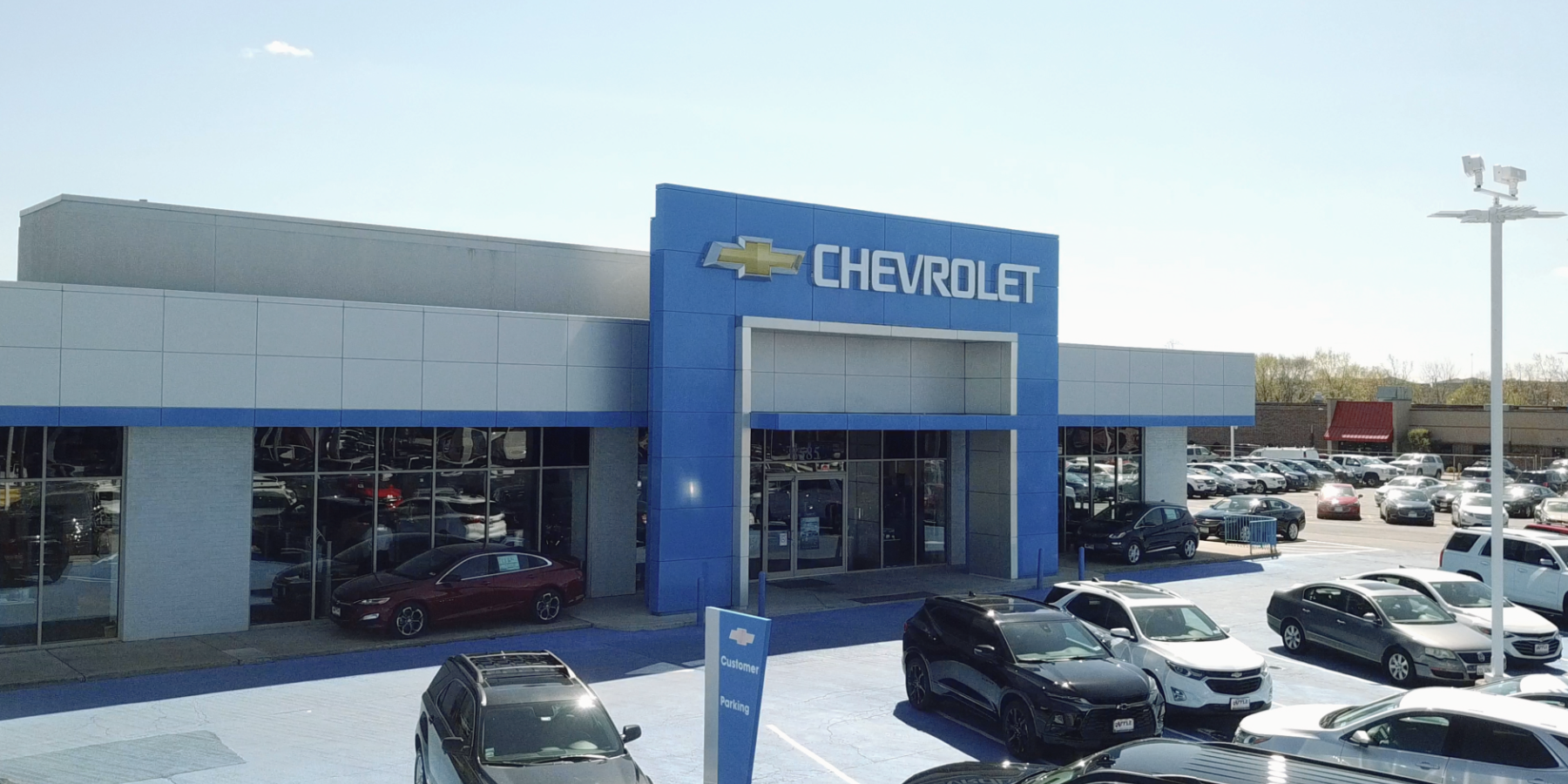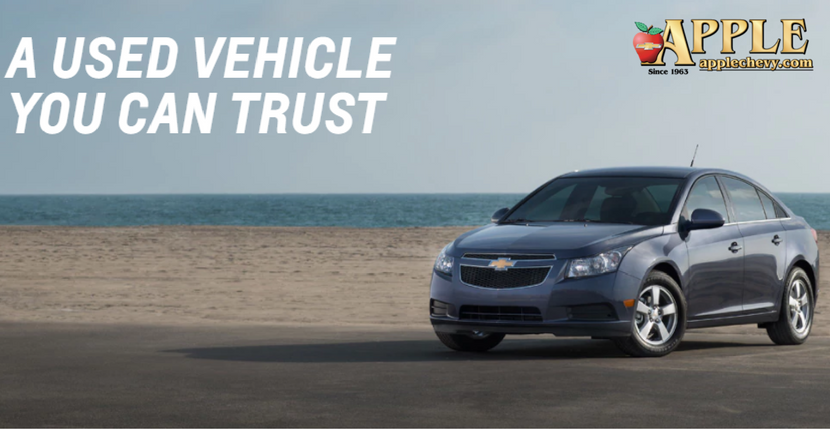J.D. Power: Majority begin search for used vehicles online
November 4, 2009
Internet shopping has reached parity with visits to dealer lots as the primary method for used-vehicle buyers to locate used vehicles, according to the J.D. Power and Associates 2009 Used-Vehicle Market Report released late last week. Last year 46 percent of shoppers used the Internet to start their search for a used vehicle, the report said.
The report provides a comprehensive industry overview of the late-model used-vehicle market and is designed to provide automotive manufacturers and marketers with insights on the shopping and purchasing habits of used-vehicle buyers.
The report finds that the percentage of used-vehicle buyers who rely on the Internet as a method for locating vehicles for sale has increased from 40 percent in 2008 to 46 percent in 2009–equal to the percentage of buyers who visit dealer lots as their primary shopping method. Furthermore, 31 percent of buyers found the vehicle they ultimately purchased on the Internet, compared with 28 percent of buyers who found their vehicle by visiting dealerships.
“Internet shopping provides prospective buyers with the opportunity to search through enormous amounts of specific vehicle information without ever leaving home, allowing for a more efficient medium of matching buyers with unique used vehicles in the market,” said Arianne Walker, director of marketing and media research at J.D. Power and Associates. “In light of this, dealers should expect the Internet to continue to increase in importance among used-vehicle shoppers and adjust their online presence accordingly.”
The report also finds that awareness of certified pre-owned (CPO) vehicle programs is strong, with more than 60 percent of used-vehicle buyers indicating they intend to purchase certified pre-owned vehicles at the start of their shopping process.
“Automotive marketers have worked intently to provide information to the public about certified pre-owned programs, but the benefits of these programs can be very complex to explain,” said Walker. “However, explaining the value of CPO programs to prospective buyers may carry long-term benefits. There has been a slight increase in the number of repeat buyers of certified vehicles–up from 22 percent in 2008 to 24 percent in 2009. This indicates that buyers of CPO vehicles are increasingly loyal and should be considered an important segment of used-vehicle buyers in their own right.”
One-half of all buyers of CPO vehicles say they used the Internet to locate used vehicles, while a slightly lower percentage (45%) shopped primarily by driving to dealer lots. The percentage of buyers who visited dealer Web-sites specifically for CPO vehicle information has increased considerably to 29 percent in 2009, compared with 19 percent in 2008. Other traditional sources of used-vehicle information such as newspapers, television and radio have low usage rates among buyers seeking CPO-vehicle information.
Among used-vehicle buyers who use the Internet in their shopping process, third-party sites are visited during the shopping process much more frequently than other types of sites, including dealer Web sites. More than nine in 10 buyers (91%) say they visited at least one third-party Web site during the shopping process. Slightly more than three-fourths (78%) of used-vehicle buyers report visiting a dealer Web site.
“Not only has visitation increased for third-party sites, but they also continue to be viewed as the most useful sites during the shopping process,” said Walker. “Overall, users rate sites such as AutoTrader, Cars.com, and Edmunds highly for overall usefulness. In addition, certain third-party sites are also well regarded for usefulness in specific areas. For example, sites like AutoTrader and eBay Motors are perceived as particularly useful for inventory information, while buyers report that ConsumerReports.org and Edmunds are useful for vehicle appraisals and reviews. Sites such as Kelley Blue Book are perceived as being particularly useful for pricing information.”
The study also examines overall customer satisfaction with the certified buying experience. As a whole, import luxury brands continue to provide the highest levels of satisfaction, compared with other brands.
|


